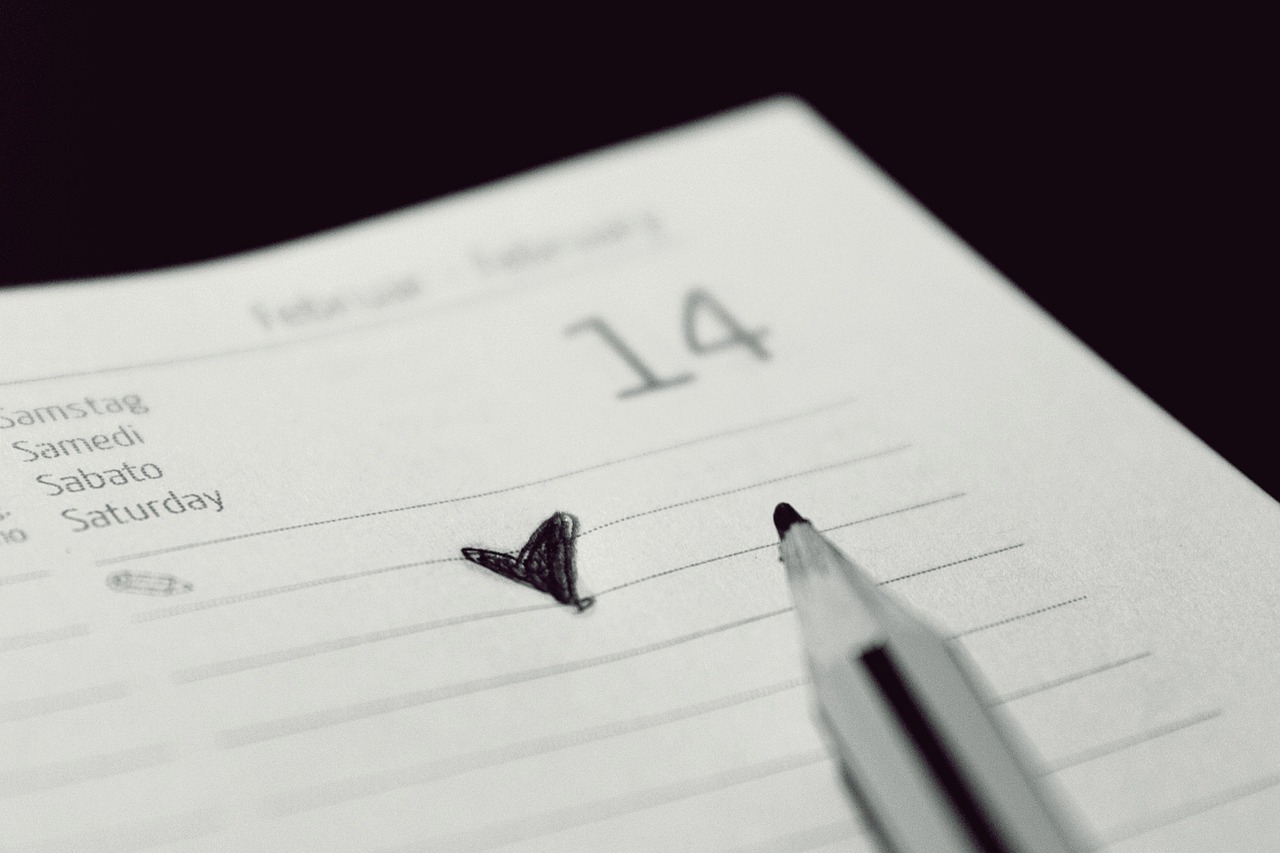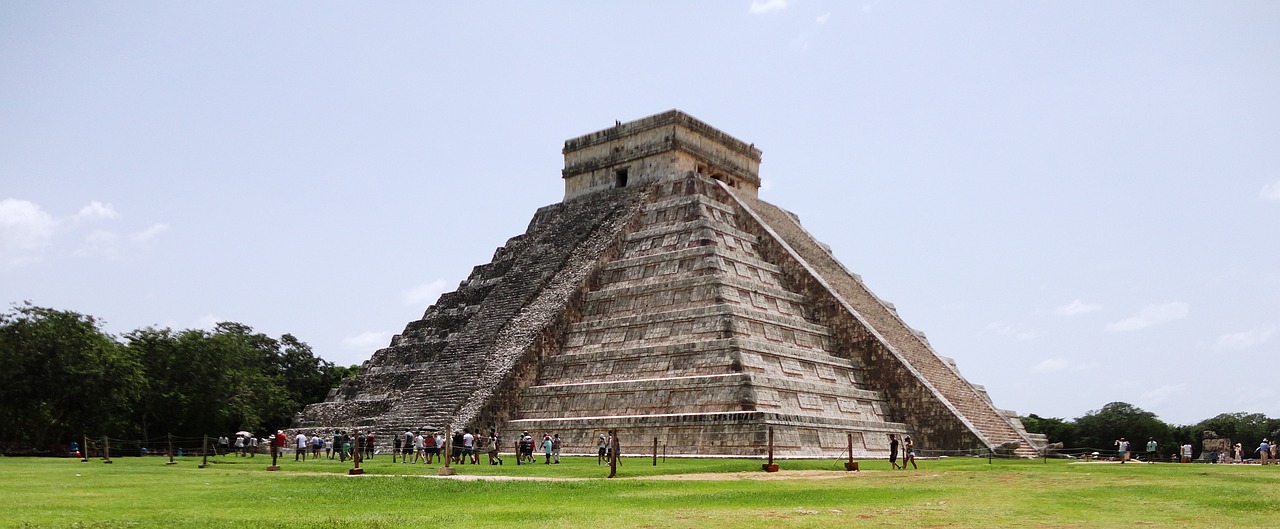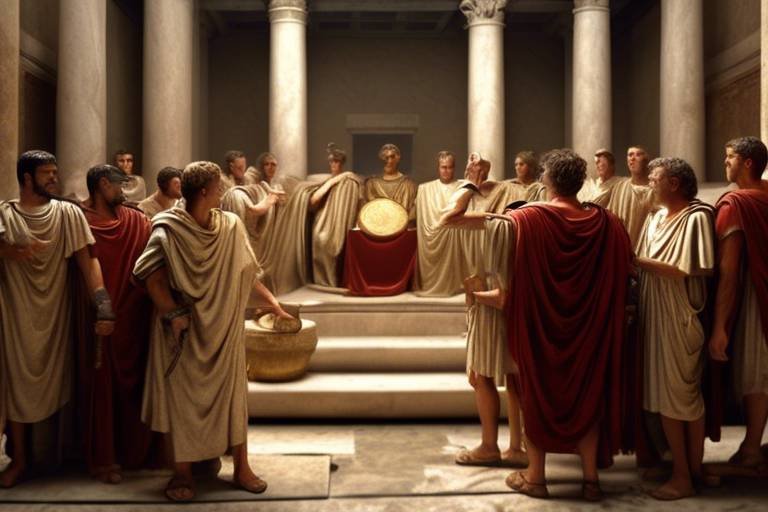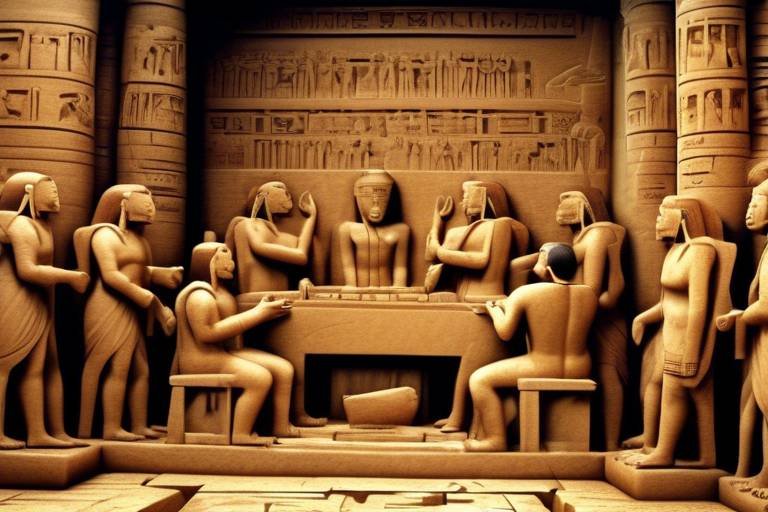The Mystery of the Ancient Mayan Calendar's Accuracy
Have you ever wondered how the ancient Mayan civilization managed to create a calendar system so precise and intricate that it still baffles modern scholars today? The accuracy of the Mayan calendar in predicting celestial events and marking important cultural and agricultural dates is nothing short of remarkable. Let's delve into the fascinating world of the ancient Mayan calendar and uncover the mysteries behind its unparalleled accuracy.

Ancient Mayan Calendar System
Exploring the precision and complexity of the Mayan calendar system, which astounds modern scholars with its accuracy in predicting celestial events and marking significant cultural and agricultural dates.
The Ancient Mayan Calendar System is a fascinating and intricate method of timekeeping that showcases the advanced knowledge and ingenuity of the Mayan civilization. At the core of this system are three main calendars: the Long Count, Tzolk'in, and Haab. Each of these calendars served a unique purpose and together formed a comprehensive way of tracking time.
The Long Count calendar was used for measuring long periods of time and historical events, while the Tzolk'in calendar consisted of 260 days and was associated with religious ceremonies and divination. The Haab calendar, with 365 days, aligned with agricultural cycles and seasonal changes.
What makes the Ancient Mayan Calendar System truly remarkable is how these calendars interlinked and complemented each other, creating a sophisticated and precise method of timekeeping that rivaled even modern systems.

Mathematical Sophistication
The Mayan calendar system showcases an impressive level of that continues to intrigue researchers and mathematicians alike. At the core of this complexity are the intricate calculations and concepts utilized by the Mayans to develop their calendar system. One of the most notable mathematical achievements of the Mayans was the Long Count calendar, a system of counting days that allowed them to track time over long periods with remarkable accuracy. This calendar employed a positional notation system, similar to our modern decimal system, where each position represented a different unit of time. Moreover, the Mayans were among the first civilizations to utilize the concept of zero as a placeholder in their calculations, a revolutionary mathematical concept that significantly enhanced the precision of their calendar calculations.

Celestial Alignments
The of the ancient Mayan calendar system are a testament to the remarkable connection the Mayans had with the cosmos. Through meticulous observations of celestial events, such as solstices, equinoxes, and planetary movements, the Mayans were able to create a calendar that not only tracked time but also reflected their deep understanding of the universe.
Imagine standing in the heart of a Mayan city, gazing up at the night sky as the stars align perfectly with the structures built by this ancient civilization. The Mayans believed that these celestial alignments were not random occurrences but rather deliberate messages from the gods, guiding them in their daily lives and rituals.
One of the most awe-inspiring aspects of the Mayan calendar is its alignment with astronomical phenomena such as the movements of Venus and the cycles of the moon. These celestial events were intricately woven into the fabric of the calendar, influencing the timing of religious ceremonies, agricultural practices, and political decisions.
Through their keen observations of the heavens, the Mayans were able to predict eclipses with astonishing accuracy and track the movements of celestial bodies over long periods of time. This precision in their calendar system not only served practical purposes but also reflected their spiritual beliefs and connection to the cosmos.
As modern scholars continue to unravel the mysteries of the Mayan calendar, the celestial alignments embedded within its structure serve as a reminder of the profound relationship between ancient civilizations and the stars above. The legacy of the Mayans lives on through their intricate calendar, reminding us of the enduring bond between humanity and the universe.

Prophecies and Predictions
Prophecies and predictions have long been a subject of fascination when it comes to the ancient Mayan calendar. The intricate inscriptions and calculations found within the calendar have sparked numerous interpretations, some of which have been controversial and sensationalized. While some believe that the Mayans predicted cataclysmic events or the end of the world based on their calendar, others argue that these interpretations may be misrepresentations or exaggerations.
One of the key challenges in deciphering Mayan prophecies lies in the intricate nature of their calendar system. The interplay between different calendars, such as the Long Count, Tzolk'in, and Haab, adds layers of complexity to the calculations and interpretations. This complexity has led to varying theories about what the Mayans intended to convey through their calendar inscriptions.
Despite the uncertainties surrounding Mayan prophecies, the precision and mathematical sophistication of the calendar system cannot be denied. The Mayans' keen observations of celestial events and their ability to accurately predict astronomical phenomena demonstrate a deep understanding of the cosmos and the passage of time.
While some interpretations of Mayan prophecies may seem far-fetched or exaggerated, they serve as a reminder of the enduring mystery and allure of ancient civilizations. The Mayan calendar continues to captivate the imagination of scholars and enthusiasts alike, inviting speculation and debate about its true meanings and implications.

Deciphering Inscriptions
Deciphering Mayan inscriptions is like solving a complex puzzle where each symbol holds a piece of the ancient civilization's history. Archaeologists and epigraphers meticulously analyze these inscriptions to unravel the mysteries of Mayan culture and calendar system. The glyphs and symbols engraved on stelae, codices, and temple walls provide valuable insights into the Mayan worldview, religious beliefs, and historical events. However, the process of decipherment is not without challenges.
One of the main obstacles in deciphering Mayan inscriptions is the variability in glyph meanings and the context in which they are used. Different scholars may interpret the same glyph differently, leading to conflicting translations and interpretations. Additionally, the Mayan script combines logographic and syllabic elements, making it a complex writing system that requires expertise and patience to decode accurately.
Furthermore, the fragmented nature of Mayan texts due to erosion, looting, and the passage of time poses difficulties in reconstructing complete inscriptions. Epigraphers often rely on comparative analysis, contextual clues, and cross-referencing with other inscriptions to piece together the missing parts and decipher the intended message.
Despite these challenges, advancements in epigraphic research, linguistic analysis, and digital imaging techniques have significantly enhanced our understanding of Mayan inscriptions. Collaborative efforts among experts from various disciplines have led to breakthroughs in deciphering complex texts and shedding light on the rich history and cultural practices of the ancient Mayan civilization.

Historical Context
When delving into the historical context of the ancient Mayan calendar, it is essential to place this remarkable timekeeping system within the broader framework of Mesoamerican civilizations. The Mayan calendar was not just a tool for tracking time; it was intricately woven into the fabric of Mayan society, influencing rituals, governance, and cultural practices.
The Mayans, renowned for their advanced understanding of astronomy and mathematics, developed a calendar system that reflected their deep connection to the cosmos. By observing celestial events with remarkable precision, they crafted a calendar that not only marked the passage of time but also served as a spiritual and cultural guide.
Within the historical context of Mesoamerica, the Mayan calendar stood as a testament to the ingenuity and intellectual prowess of this ancient civilization. It was more than just a means of scheduling agricultural activities or predicting celestial phenomena; it was a symbol of the Mayan people's profound relationship with the natural world.
As we unravel the historical significance of the Mayan calendar, we uncover layers of complexity that reveal the depth of Mayan knowledge and expertise. The calendar not only structured their daily lives but also played a crucial role in religious ceremonies, governance decisions, and societal organization.
Through the lens of historical context, we begin to see the Mayan calendar not just as a tool for timekeeping but as a cultural artifact that embodies the rich tapestry of Mayan civilization. It serves as a bridge connecting us to the intellectual legacy of the ancient Mayans and continues to inspire awe and admiration for their achievements.

Legacy and Influence
The legacy of the ancient Mayan calendar system extends far beyond its timekeeping capabilities, influencing various aspects of modern culture and spirituality. The intricate interplay of the Long Count, Tzolk'in, and Haab calendars not only served as a practical tool for tracking time but also held profound spiritual significance for the Mayan civilization. The precision and complexity of the calendar reflect the Mayans' deep connection to the cosmos and their keen observation of celestial phenomena.
Today, the legacy of the Mayan calendar continues to captivate scholars and enthusiasts alike, sparking discussions about the interconnectedness of time, nature, and human existence. The enduring influence of the calendar can be seen in the rituals and traditions of indigenous communities that have preserved Mayan knowledge and practices through generations.
Furthermore, the Mayan calendar's legacy has inspired contemporary interpretations of time and spirituality, prompting individuals to reflect on their place in the universe and the cyclical nature of life. The intricate symbolism and mathematical sophistication of the calendar serve as a reminder of the ingenuity and intellectual prowess of the ancient Mayan civilization.

Modern Discoveries and Research
Modern Discoveries and Research in the field of Mayan calendar studies have brought forth fascinating revelations about the ancient civilization's sophisticated timekeeping system. Recent archaeological excavations have unearthed intricate inscriptions and artifacts that provide valuable insights into how the Mayans meticulously tracked celestial events and agricultural cycles.
One of the most intriguing discoveries is the correlation between the Mayan calendar and astronomical observations. Researchers have uncovered evidence suggesting that the positioning of Mayan temples and pyramids was intricately linked to celestial alignments, indicating a profound understanding of the cosmos by ancient Mayan astronomers.
Furthermore, modern scientific analyses have revealed the remarkable accuracy of the Mayan calendar in predicting astronomical phenomena such as solstices, equinoxes, and planetary movements. The precision with which the Mayans calculated these celestial events highlights their advanced mathematical knowledge and keen observational skills.
Recent studies have also shed light on the intricate interplay between different components of the Mayan calendar system, such as the Long Count, Tzolk'in, and Haab calendars. These findings have deepened our understanding of how the Mayans structured time and organized their societal activities based on cyclical patterns in nature.
Moreover, ongoing research continues to challenge conventional interpretations of Mayan inscriptions and symbols, prompting scholars to reevaluate the significance of certain dates and events in Mayan history. The integration of multidisciplinary approaches, including archaeology, astronomy, and epigraphy, has led to a more holistic understanding of the Mayan calendar's cultural and scientific importance.
Frequently Asked Questions
- What is the significance of the Mayan calendar?
The Mayan calendar holds immense significance as a complex system used for tracking time, predicting celestial events, and organizing cultural and agricultural activities. It reflects the advanced mathematical and astronomical knowledge of the ancient Mayan civilization.
- How accurate is the Mayan calendar in predicting celestial events?
The Mayan calendar is remarkably accurate in predicting celestial events, such as solstices, equinoxes, and planetary movements. The precision of their observations and calculations continues to astound modern scholars and astronomers.
- What is the Long Count, Tzolk'in, and Haab calendars?
The Long Count is a linear count of days used for historical dating. The Tzolk'in is a 260-day ritual calendar made up of 13-day cycles and 20-day names. The Haab is a 365-day solar calendar consisting of 18 months with 20 days each, plus a final month of 5 days.
- Are there any prophecies associated with the Mayan calendar?
While there have been interpretations suggesting apocalyptic prophecies linked to the end of the Mayan calendar cycle, most scholars view it as a cyclical system representing renewal and transformation rather than a prediction of doomsday.
- How has the Mayan calendar influenced modern understanding of time and culture?
The legacy of the Mayan calendar continues to inspire modern interpretations of time, spirituality, and cultural identity. It serves as a bridge between ancient traditions and contemporary beliefs, fostering a deeper appreciation for indigenous knowledge and heritage.



















